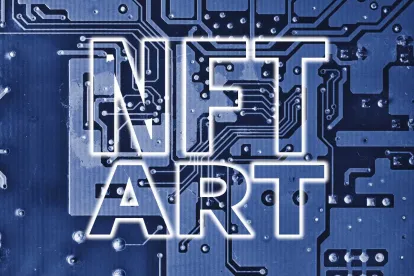Since the explosion of the Metaverse and NFTs, and despite their fizzling, it has been a hotly debated question whether NFTs or other digital objects that bear the trademarks and trade dress linked to real-world objects are infringing. Can anyone make a Porsche sportscar for the Metaverse? Or is that right for Porsche alone? Do McDonalds’ rights in its iconic golden arches extend to virtual stores where avatars can buy virtual Big Macs? Trademark owners have rushed to shore up their rights, filing applications to register their existing marks for online services and digital objects, as well as releasing collaborations and NFT collections of their own, but the answer remained unclear until this month.
Our previous article “If You Can’t Buy a Birkin, Buy a MetaBirkin?” discussed Hermés’ complaint against “Mason Rothschild,” the nom de crypto of Sonny Estival, who had released an NFT collection of what he called “Metabirkins” – digital renderings of Hermés’ famous Birkin bag in different textures (mostly various furs and fuzzes) and colors (patterns taken from the Sistine Chapel, Starry Night, or evocative of Mondrian). Hermés claimed that Rothschild’s use of The Birkin trademark and trade dress infringed and diluted Hermés’ rights and his offering the NFT collection at metabirkins.com constituted cybersquatting. A year after bringing their action, Hermés has prevailed after trial before a jury.
Rothschild’s primary defense was that the NFT collection was an art project commenting on Hermés’ bags and the consumer demand for them and therefore protected by the First Amendment. The more forgiving test for use of a trademark in the context of artistic expression originates from Rogers v. Grimaldi and is often called the “Rogers test.” Whether the Rogers test would apply to Rothschild’s use of the Birkin mark and trade dress was a core dispute of this case and ultimately Rothschild was victorious. The Court finding at the end of 2022 found that the Rogers test would apply. However, the Court also found that the two prongs of the Rogers test, which control whether the First Amendment protects a use of a mark from being found infringing, were questions of fact that would need to go to a jury: first, whether the use of the trademark was actually artistically relevant to the work and, second, if the use was used to explicitly mislead the public as to the source or content of the work.
After a two-week trial, those questions were put to the jury, which found that the First Amendment did not bar liability for Rothschild’s infringement. While the jury’s decision does not indicate whether they thought the use of the Birkin mark and trade dress were explicitly misleading, were not artistically relevant or both, they found him liable for trademark infringement, dilution, and cybersquatting, assessing total damages of $133,000.
While this was a decision based on the particular facts of this case, it will doubtlessly provide a signpost to future judges and juries asked to decide on whether the use of another’s mark for metaverse or other digital goods infringes their trademark rights. It strengthens the hands of rightsholders concerned about others launching online knockoffs of their brands and points to a Metaverse that, rather than an infringement free-for-all, will be a digital world that respects IP rights.




 />i
/>i
